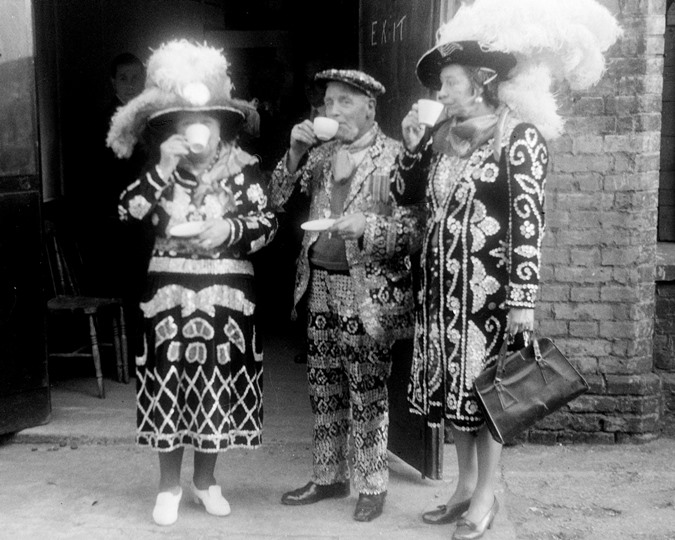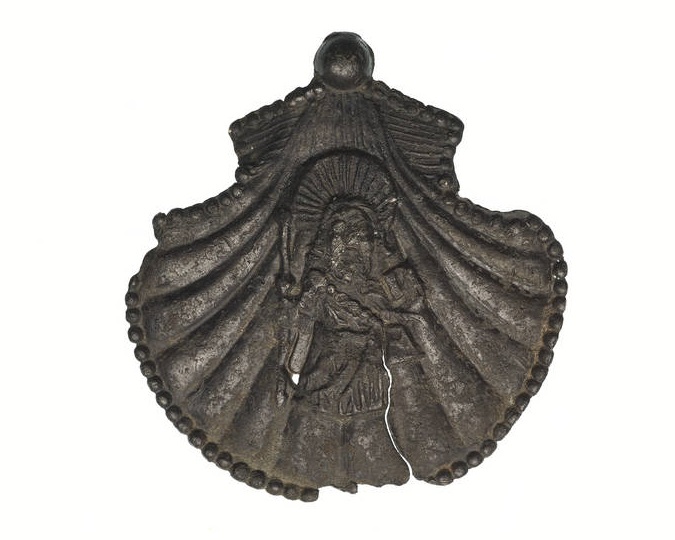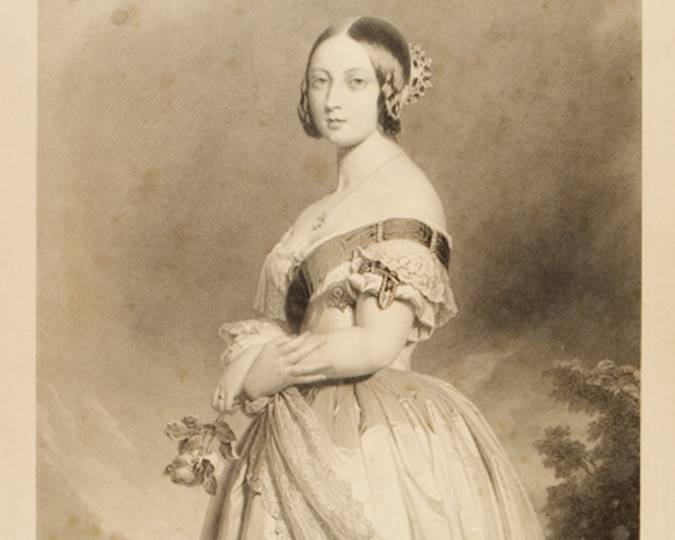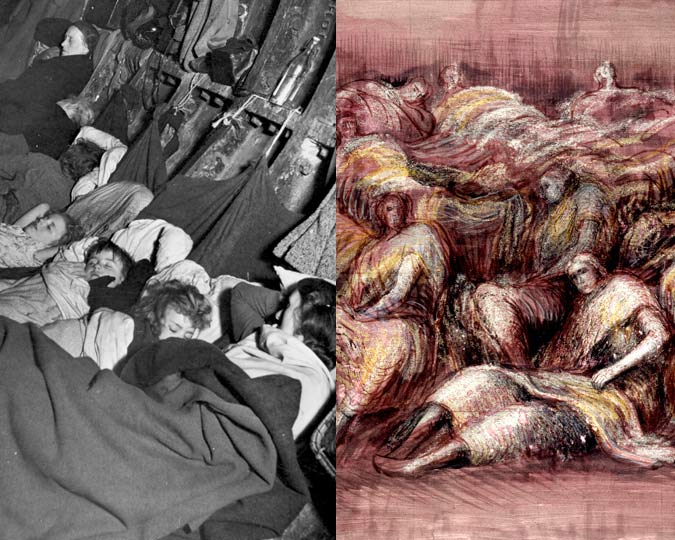As the Covid-19 pandemic has confined most of us to our homes, we take a look at three remarkable photography series from our collection that capture how Londoners have inhabited their living spaces in the past.
During this unprecedented lockdown most of us are spending a lot more time at home than usual. Home has become the space where the many different aspects of our everyday existence collide, whether in real or virtual space. Work, school, care, play, leisure, exercise, and interaction with family and friends now all take place at home.
While some of us may live alone, others share space with large family groups or house mates. And although everyone’s situation is different, most of us recognise the concerns and anxieties that have come to affect our daily lives, from loneliness and social tension to worries about health and money. What is certain is that this disorienting new reality has intensified the relationship we have with our homes.
At best, homes can offer comfort, safety, warmth, a place of pride, respite and belonging. At worst, they can be unsafe, insecure, inadequate or inhospitable. To be photographed at home is, as such, an intimate affair.

John Galt, Assembling match boxes at home, Bethnal Green, c.1902 © Museum of London
The domestic space is the realm par excellence where our individual and collective identities are exposed. Class, culture and taste can all be revealed through the exteriors, interiors, and personal objects that shape our private spheres.
Since the early days of the medium, photographers have captured Londoners at home, from John Galt’s women and children working from home in the East End around 1900 and Humphrey Spender’s photographs of working class life in the 1930s to Karen Knorr’s Belgravia series of London’s upper class and their luxurious living spaces (1979-81) and Michael Donald’s pictures of Longbow House residents before the demolition of their block of flats in Hackney (2000-2004).

From The Ghetto series, 1994 © Tom Hunter
A couple lying on a bed at a house on Ellingfort Road, Hackney
Here, we take a look at three portrait series from the Museum of London collection that offer a glimpse into the domestic lives of others: Nancy Hellebrand’s series Londoners (1971-74), Magda Segal’s London at Home (1991-93), and Tom Hunter’s London Fields Ghetto (1994).
What connects these three portrait series is their sense of domestic intimacy. They reveal how closely our homes are intertwined not only with our individual identities, but also with the social and political conditions of Britain’s class society in the second half of the twentieth century.
Nancy Hellebrand’s series Londoners (1971-74)
American photographer Nancy Hellebrand moved to London in 1971 where she spent time studying with the famous photographer Bill Brandt, an experience that made a profound impact on her. ‘He lived a very cultured European life in a flat filled with antiques and great art,’ she recalls. ‘I was very taken with him and his way of living.’
Deeply curious about how other people lived and searching for connections in a new city, Hellebrand embarked on a project photographing people at home which turned into a multiple-year endeavour.
She found her subjects wherever she could:
‘I asked people in the street, at the laundromat, at bus stops or anywhere else there was a possibility of approaching someone. It was remarkable how easily people let me go home with them. Truly, it was another era altogether. I also think being a foreigner was a huge advantage because I was unfamiliar, and that made me a little interesting or curious.’

An art student in Kilburn, June 1973 © Nancy Hellebrand
Being invited into someone’s home offered the kind of intimacy and human connection Hellebrand was looking for in her photography. She wanted to capture individuals in their natural habitat, in the place where they felt most comfortable and able to be themselves, ultimately letting her subjects decide how they were represented. Often staring directly into the lens, they appear remarkably at ease with the presence of a camera.
Hellebrand worked with a large Hasselblad on a tripod with a superwide-angle lens which meant she could be very close to her subjects but still include much of the space around them. When she showed her work to Colin Ford and Roy Strong at the National Portrait Gallery in 1974 she secured a solo exhibition on the spot, which made her the first living female artist to be granted this opportunity. Hellebrand’s book ‘Londoners at Home’ was published by Lund Humphries in the same year to coincide with the exhibition.
While Hellebrand mostly portrayed individuals on their own, Magda Segal’s photographs capture multiple generations (and often their pets) in a single frame. Segal was commissioned to make the series London at Home by the Museum of London for the exhibition The Peopling of London (1993), which charted 15,000 years of overseas settlement in the capital. Organised on the heels of two turbulent decades as British society struggled to come to terms with its post-war multicultural identity, the exhibition is considered to be the first of its kind to celebrate London’s long history of immigration.
Magda Segal’s London at Home (1991-93)

A Bengali family in Shadwell, 1992 © Magda Segal
The diversity of London’s social landscape is reflected in Segal’s choice of subjects who range from a Hasidic family in Stamford Hill to a Travelling family in Swiss Cottage and a middle-class Chinese family in Raynes Park. Her sitters pose boldly for the camera: some of them are carefully positioned in meticulously tidied homes and dressed in their Sunday best, while others appear caught in the midst of the chaos of everyday life.
In this cross-section of British society, we get a glimpse of what it meant to live in London in the 1990s for a Bengali mother and her children in a cramped council flat in Shadwell, a businesswoman in her light-filled Chelsea apartment, or young newcomers to the city living in the Kilburn Irish Men’s Hostel. The questions raised by these images continue to resonate today: what is it like to bring up a family in insecure housing circumstances? How do you get by when money is tight? Can you afford the purchase of your own home?
Issues of housing inequality and precarity are also central to Tom Hunter’s work on the inhabitants of the ‘London Fields Ghetto’.
Made in 1993-94 when Hunter lived in a squatting community in a now-gentrified area of London Fields, the photographs formed part of a campaign to save the Victorian terraces of Ellingfort Road and London Lane from demolition by Hackney Council.

From The Ghetto series, 1994 © Tom Hunter
Three friends sitting in their kitchen of their house on Ellingfort Road, Hackney.
At the time, the area was described as ‘a crime-ridden, derelict ghetto, a cancer – a blot on the landscape’ by a local newspaper. Its residents were viewed as anti-social and undesirable by the council.
Like Hunter himself, many of the squatters (who moved in after tenants had left the derelict houses) were artists and creatives, but there were also doctors, builders, architects and charity workers. According to Hunter – and contrary to what many people believed – it was a thriving social hub with communal gardens, cafés, bars and cinemas.
‘The propaganda that was put out was completely counter to the reality. It was a great community where people looked out for each other,’ says Hunter. ‘Out of the rubble we built something to be proud of.’
Tom Hunter’s London Fields Ghetto (1993-94)
Hunter’s portraits of ‘The Ghetto’s’ residents accompanied a large-scale replica model of the two adjoining streets made for his degree show at the London College of Printing. The sculpture accurately recreates the houses and people that lived in them with cardboard, wood, backlit transparencies and photographs. The intention was to show how the community of squatters really lived:
‘I wanted to represent everyone’s houses before they were all destroyed so that in generations to come they could see what was there.’
The work (subsequently purchased by the Museum of London) attracted so much attention that the council eventually changed tack and engaged in conversation with the squatters, ultimately saving the road from demolition.

From The Ghetto series, 1994 © Tom Hunter
A woman and a child sitting outside a house on Ellingfort Road, Hackney
The care that the London Fields squatters put into their derelict Victorian terraces reminds us that the act of making a house a home is a fundamental part of being human.
The enduring fascination that this subject holds for photographers such as Nancy Hellebrand, Magda Segal and Tom Hunter means that our photo collection is filled with traces of London life from which we can unpick narratives of time, place, identity and human experience.
Making the domestic public, their photographs offer a unique window onto private worlds that are different from our own, now and for many generations of Londoners to come.





























